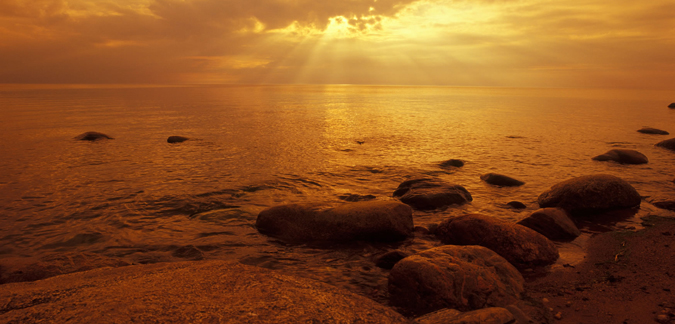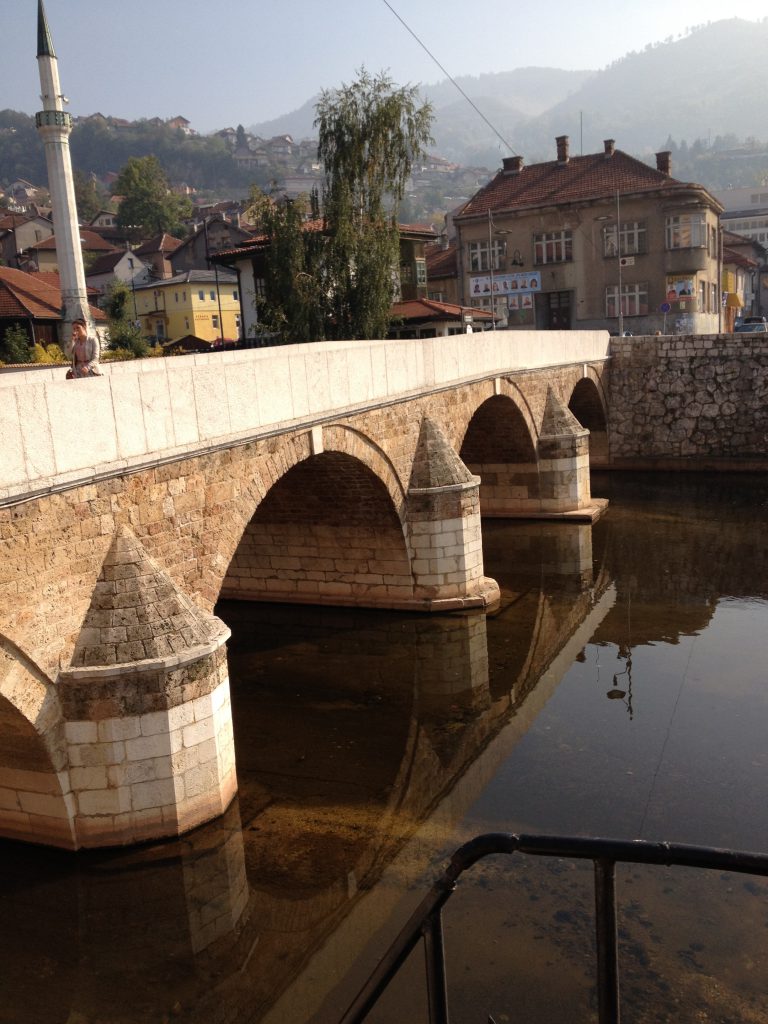Both the Baltics and the Balkans are known for their lively, cultural traditions and contemporary festivals. Nothing will help you to immerse yourself in a country’s lifestyle more than being part of the local festivities. Throughout the year, on both sides of the continent, you can find an astounding array of unique artistic, religious and historic celebrations in some of the most beautiful locations in Europe.
From New Year celebrations in the Arctic to Bridge Diving in Mostar, we’ve put together this list of the best festivities and festivals to attend in the Baltics and the Balkans to inspire your next cultural getaway.
Christmas in the Baltics
Although December may well be one of the coldest times of year to pay a visit to the Baltics, thanks to the energetic celebration of Christmas throughout the month, you can easily forget the frigid weather and become part of the local Christmas traditions.
In Vilnius, Tallinn, Riga and countless other smaller towns and villages across the Baltic nations, you can find excellent Christmas markets in full swing throughout the month. Warm up with some mulled wine, enjoy the medieval streets of the old towns, and if you hang around for the 25th December you will more than likely be guaranteed a white Christmas.

Orthodox Christmas, Serbia
If one Christmas isn’t enough, once the Baltic holidays are over you can travel across to Serbia in the Balkans for an Orthodox Christmas too. The Serbian holiday falls on 7th January each year, but the real delight is the advent period, which begins officially on 28th December. You can expect festivities and Christmas markets to begin much earlier than this though.

Baltica International Folklore Festival
The Baltica International Folklore Festival is a huge event that brings together the unique traditions of Latvia, Lithuania and Estonia to celebrate their shared cultures and their individual differences.
The festival moves from location to location each time it is held in the summer, with the first Baltica having been held in Latvia in 1988 as a protest against the Soviet Union. Now, with all three nations enjoying their independence, the festival has become a chance to preserve the region’s historic traditions.

Summer Solstice in the Baltics
One of the most important days of the year in the Baltics is the Summer Solstice. On 21st June, the longest day of the year, locals across the region celebrate more than any other festivity in the calendar. This is a traditional holiday that predates Christianity, a Pagan celebration that has deep historic and meaningful roots that are still recognised today. People will celebrate in the countryside, drinking, eating and partying all day long and probably for a few days after the solstice too.

Summer Day, Albania
A similarly deep-rooted festival that traces its origins back to Pagan traditions is the celebration of Summer Day in Albania. Although the name suggests this may be the solstice too, this holiday actually falls on March 14th and is a celebration of the ending of winter and the beginning of spring and eventually summer. Albanians across the country celebrate Summer Day, spending time with family and friends and using it as an opportunity to provoke good luck for the rest of the year. So if you’re planning your holiday in Albania next spring, add this national feast on your to do list and take part of this famous festival which celebrates Albanian’s ancestors.

Bridge Diving Festival, Mostar
Mostar in Bosnia and Herzegovina is well known for its scenic, Ottoman-era bridge that connects the two halves of the city across the Neretva River. Since the bridge’s original construction in the 16th century, locals have been hurling themselves from the structure and into the river below. The festival has become internationally renowned these days and even forms part of the Red Bull Cliff Diving circuit.

Vilnius Jazz Festival
In October, the city of Vilnius in Lithuania hosts one of the Baltics most impressive music festivals. This celebration of jazz lasts for four days and attracts musicians from around the world to the old streets of the city to play concerts and to entertain and inspire the crowds.

Sarajevo Film Festival
The Sarajevo Film Festival is one of the most prestigious celebrations of cinema in Europe. The famous festival dates back to 1995 when the first event was held during the vicious Yugoslav wars, offering locals a respite from the fighting. Today, it’s one of the largest and most well attended film festivals on the continent.

Klapa Music Festival, Omis
The city of Omis on the Dalmatian Coast in southern Croatia has put on a unique music festival every year since 1967, but this event has a history that’s rooted much further back in the local culture. Omis has a reputation for acapella singing and this music festival celebrates all things acapella, with a hefty dose of wine consumption in between.

Staro Riga Light Festival
In November each year, Latvia’s capital city is lit up spectacularly to break the darkness of the impending winter and to celebrate the nation’s independence from the Soviet Union. Held in Riga, buildings, bridges, and monuments across the city play host to stunning light shows and artistic creations. The best location is always the Old Town, where the cobbled streets are crowded and the medieval cathedrals and historic institutions of Riga become dazzled in different colours and illuminations.

Martinje, Croatia
Martinje is otherwise known as the Feast of St. Martin’s, and falls on November 11th each year. This is one of the rowdiest celebrations in Europe, as the locals in Croatia spend the day honouring that most delectable of drinks: wine. Although there are religious events associated with the day too, expect lots of drinking across the country.

Mimosa Festival, Montenegro
A huge attraction for both locals, and tourists all over the world, Mimosa Festival celebrates the beginning of spring by decorating the whole city of Herceg Novi in bouquets of mimosa flowers.
The celebration of spring takes place every year in March since 1969, and it is one of the most attended events on the coast of the Bay of Kotor, especially by tourists which specifically choose to spend their holiday in Montenegro during this time of the year.
These are all wonderful destinations, but there is more to Balkan area to see! Since 2008, when the declaration of independence was adopted, tourists started to choose to go on holiday in Kosovo to explore it’s culture and beauty!
If this has inspired you to book a holiday to the Baltics or one of our Balkan holidays to join in the festivities, contact Baltic Travel Company to enquire about our range of holidays.
All rights to Baltic Travel Company.